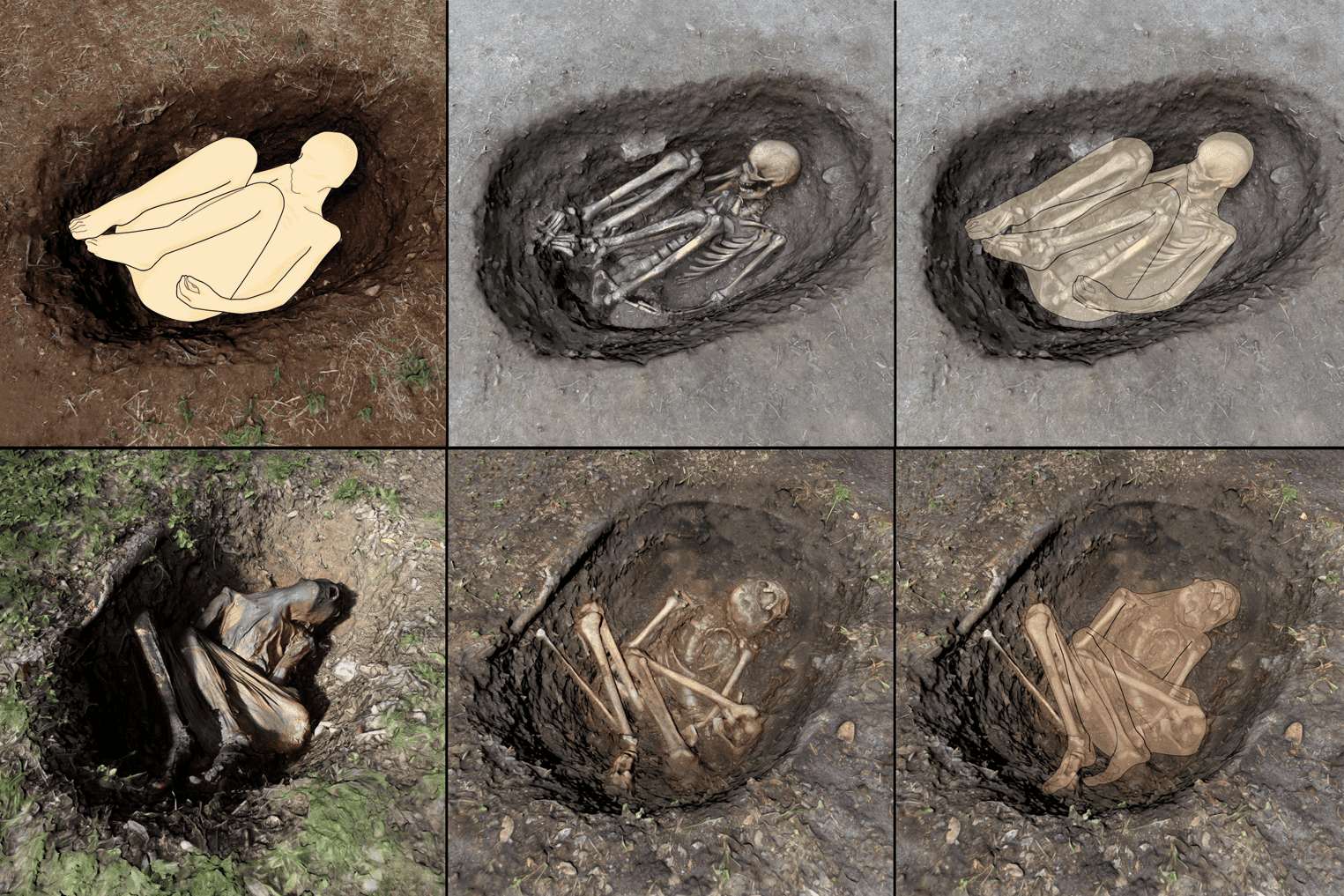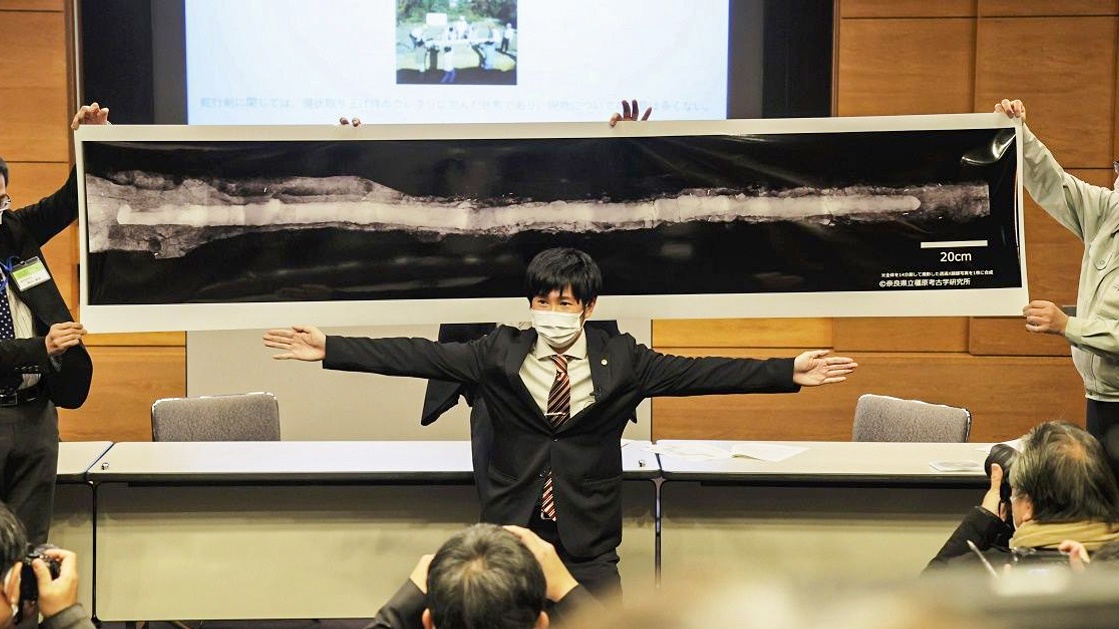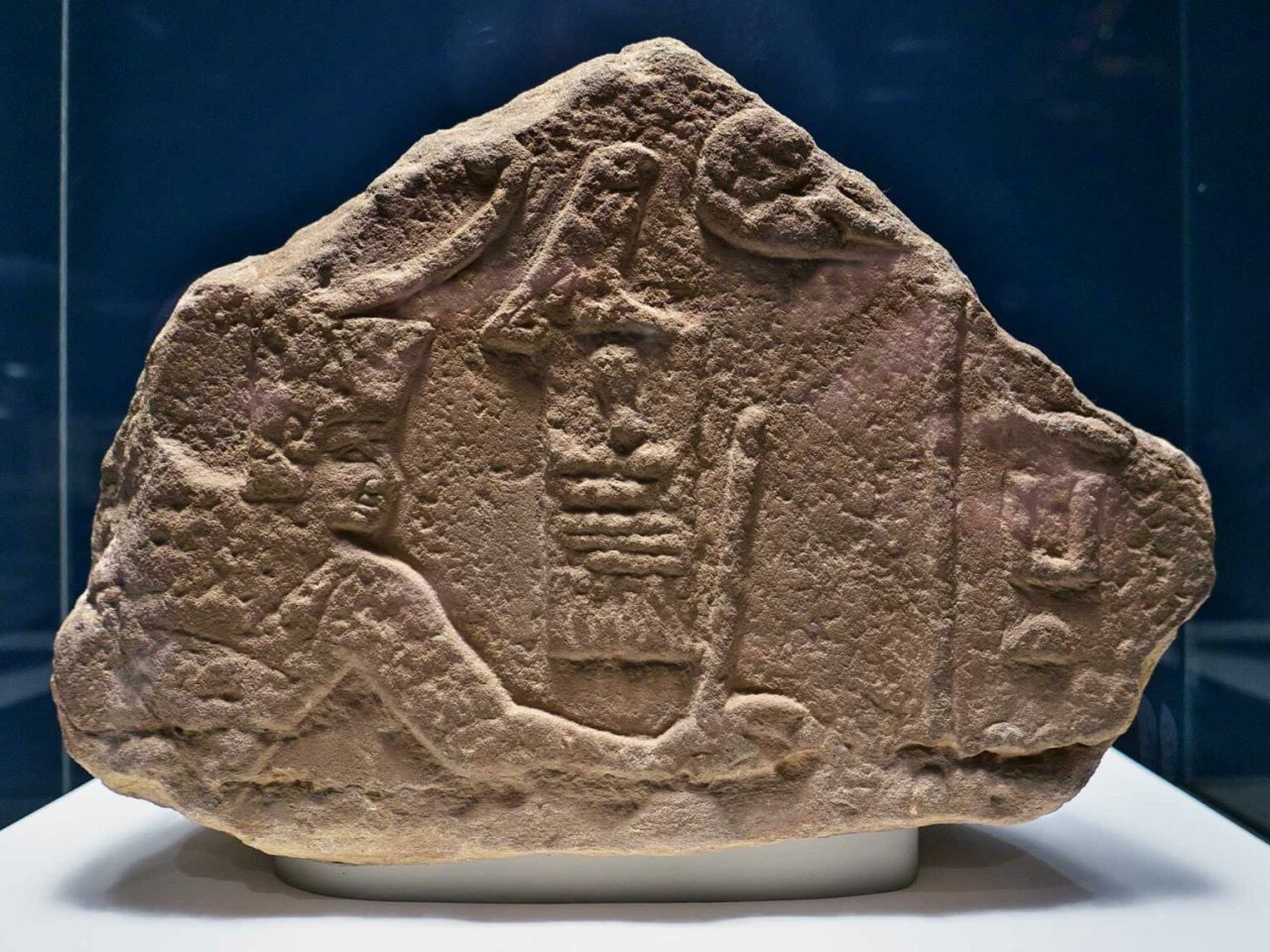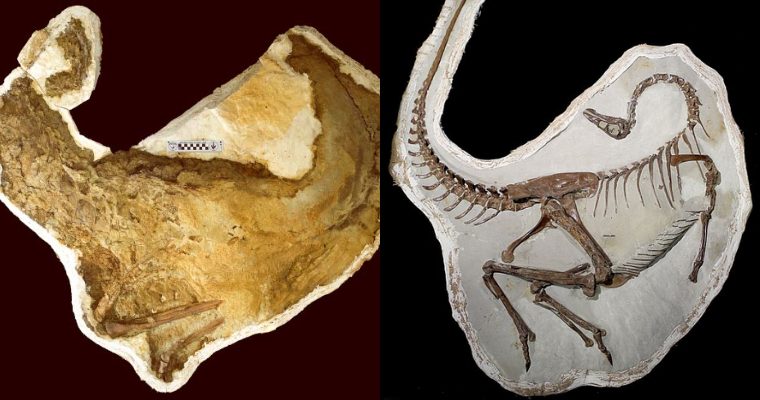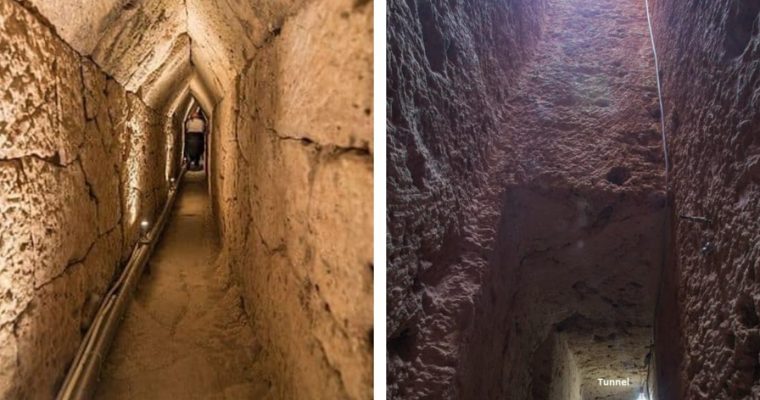Since their 2012 discovery of a BISHOP interred with a fetus between his legs about 350 years ago, archaeologists have been perplexed.
A recent study suggests it may finally explain why Bishop of Lund Peder Pedersen Winstrup had stillborn remains positioned between and behind his calves.

Image F shows the placement of the fetus within the coffin.
In the seventeenth century, Winstrup served as the bishop of the churches in Sweden and Denmark.
After his away in 1679 at the age of 74, he was mummified and interred in a family vault in Sweden’s Lund Cathedral.
In 2012, archaeologists had the opportunity to examine his remains, and they were horrified to discover a five- or six-month-old embryo buried between the bishop’s knees.
The baby’s remains appeared to be concealed, as if someone didn’t want people to see, beneath the legs and in the coffin’s liner.

It is believed that the child was Winstrup’s grandson. Lund University, credit
If this form of burial is connected to female remains, it is not unique archaeologically; Lund Cathedral has several instances of this type of burial.
However, specialists were perplexed by the choice to leave a fetus in the bishop’s care.
The new investigation’s lead archaeologist, Torbjörn Ahlström, stated: “It was not unusual for tiny children to be buried alongside adults.

The bishop died in 1679Credit: Corbis
“The foetus may have been placed in the coffin after the funeral, when it was in a vaulted tomb in Lund Cathedral and therefore accessible.
“Placing a coffin in a vault is one thing, but placing the fetus in the bishop’s coffin is quite another.
“It made us wonder if there was any relationship between the child and the bishop.”

The foetus was hidden and went unnoticed for centuriesCredit: Rex
DNA samples were taken from both the feotus and the bishop and a 25% match was found.
The research team then concluded that the foetus was likely the grandson of the bishop.
The two corpses share a Y chromosome that can only be passed down from a father.
This led the experts to believe the stillborn baby was the son of Winstrup’s son.
We know that the bishop had one son from his first marriage who survived into adulthood.
His name was Peder Pedersen Winstrup.
Historical records suggest he married a wealthy woman called Dorothea Sparre but they lost all their money when the Swedish crown reclaimed land given to the elite.
The young Winstrup is not known to have had any children and the bloodline stopped with him.
The foetus may have been put in his father’s coffin as a symbolic gesture.
The researchers explained in their paper: “With the results from the [ancient DNA] analysis at hand and the genealogy, the only person able to provide a second-degree relative to Peder Winstrup through paternal lineage was his son, Peder.
“The foetus of a boy placed in the coffin could thus be the grandson of the bishop.
“It seems probable that the relatives would have had access to the crypt where the coffins of the Winstrup’s were stored and, thus, a possibility to deposit the foetus in one of the coffins, in this case that of Peder Winstrup.”
In other news, an unearthed stone slab dating back to the Bronze Age may represent Europe’s oldest map.
Human skulls were transformed into pots and drinking cups as recently as 4,000 years ago by Bronze Age Brits.
And, the graves of 50 slaves who were forced to build an elite Roman villa in the UK have been unearthed.
What do you make of the foetus mystery? Let us know in the comments..
Source: thesun.ie



